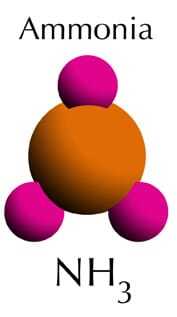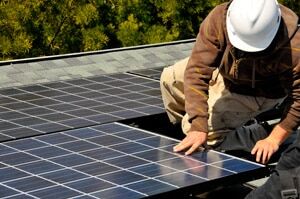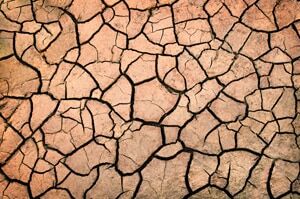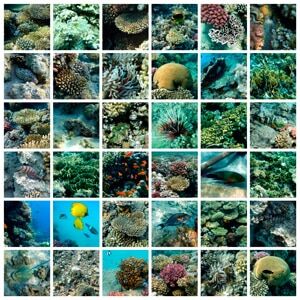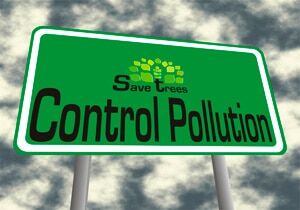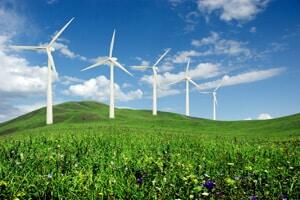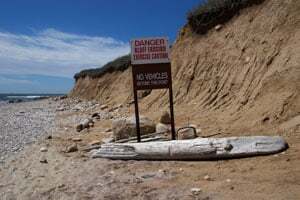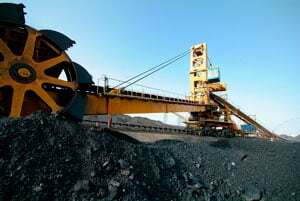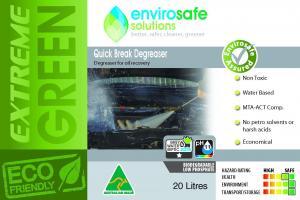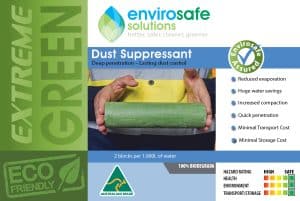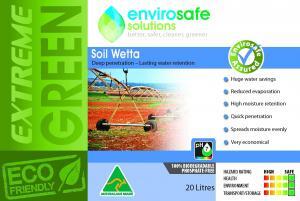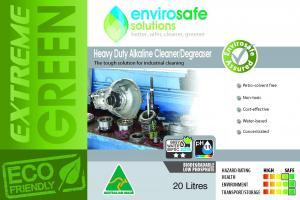 It’s no secret that the sun provides the energy that drives the earth and for many years the use of solar energy to produce electricity has been touted as a viable alternative. The true shift however has come only in the last 10 years with solar energy becoming finally more accepted and more widely used by mainstream Australia. It is seen as an alternative that can help our nation reduce its marked dependence on fossil fuels.
It’s no secret that the sun provides the energy that drives the earth and for many years the use of solar energy to produce electricity has been touted as a viable alternative. The true shift however has come only in the last 10 years with solar energy becoming finally more accepted and more widely used by mainstream Australia. It is seen as an alternative that can help our nation reduce its marked dependence on fossil fuels.
One of the obstacles to mainstream embrace of solar has been a lack of understanding about how solar actually works. Individuals have had a notion of solar that is lodged in the solar hot water roof panels of the 1960’s an d 1970’s which were considered aesthetically unappealing and intrusive in terms of home design and the house-proud sensibilities of middle Australia. Many also viewed the panels as expensive with returns not worth the initial capital outlay expenditure.
Matured Technology
Over the past decade however the technology has matured and the price of solar equipment has fallen markedly while the cost of electricity has actually risen more than in a century. Even in Australia, where competition and deregulation had led to more choice in terms of electricity suppliers, the cost remains markedly higher than twenty years ago. More powerful batteries have also been developed and there is groundbreaking research into new battery storage technology at the University of New South Wales in Kensington, Sydney.
How Solar Power Works
In order to take advantage of the power generated by the sun, solar cells, or photovoltaic cells, are struck by the sun’s rays and turn that sun power into electricity. Since one cell doesn’t produce a whole lot of electricity, several cells are joined together in what is called an array. These are connected to a regulator, much like the one used in your car’s battery charging system, to prevent the battery from becoming overcharged.
The power generated by the solar cells is transferred to a battery where it is stored for the time when the sun is not shining.
Power is used throughout the charging period as well and when the stored power in the battery dips below a reset level, more power is sent to the battery for recharging, by the use of the regulator. If no power is used during the sunlight hours, nothing is sent to the battery once it is fully charged, but at night when there is no sun, any power used comes directly from the battery.
Solar Energy Brings Power to the People
Solar energy has become increasingly popular for those wanting to save money as well as those in areas where the power grid may not be accessible, such as in remote areas of Australia. There are numerous designs that most people can install on their own to take advantage of this renewable energy source and not be dependent on the power company to provide their electricity.
Envirosafe Solutions understands the Australian conditions and the need for alternative energy sources and systems. These modes actually complement the philosophy of Envirosafe Solutions and its Extreme Green range of eco friendly liquid products. These are fully outlined in the new 2012 Extreme Green PDF brochure that can be found on the Envirosafe Solutions website. For more information about a range of products including environmental cleaning products and environmentally friendly industrial liquids telephone 1300 889070
References:








